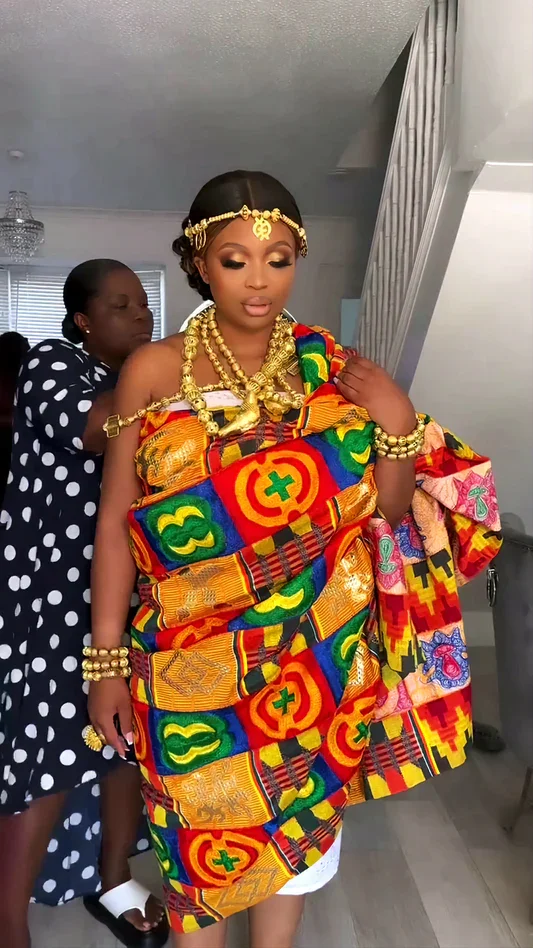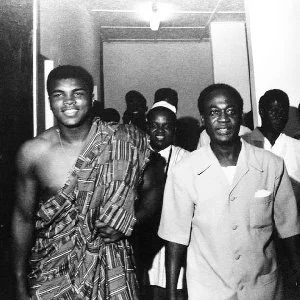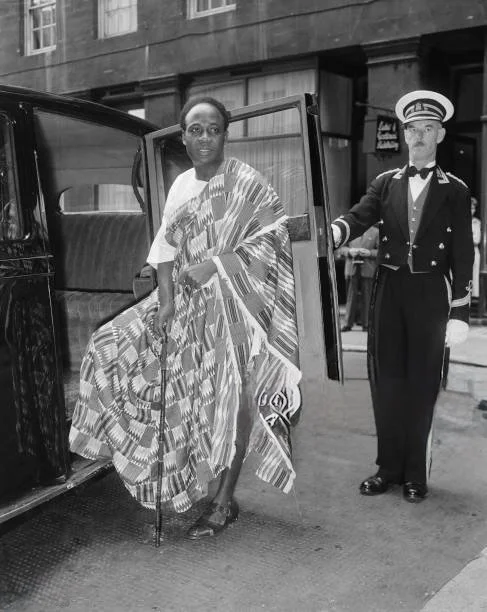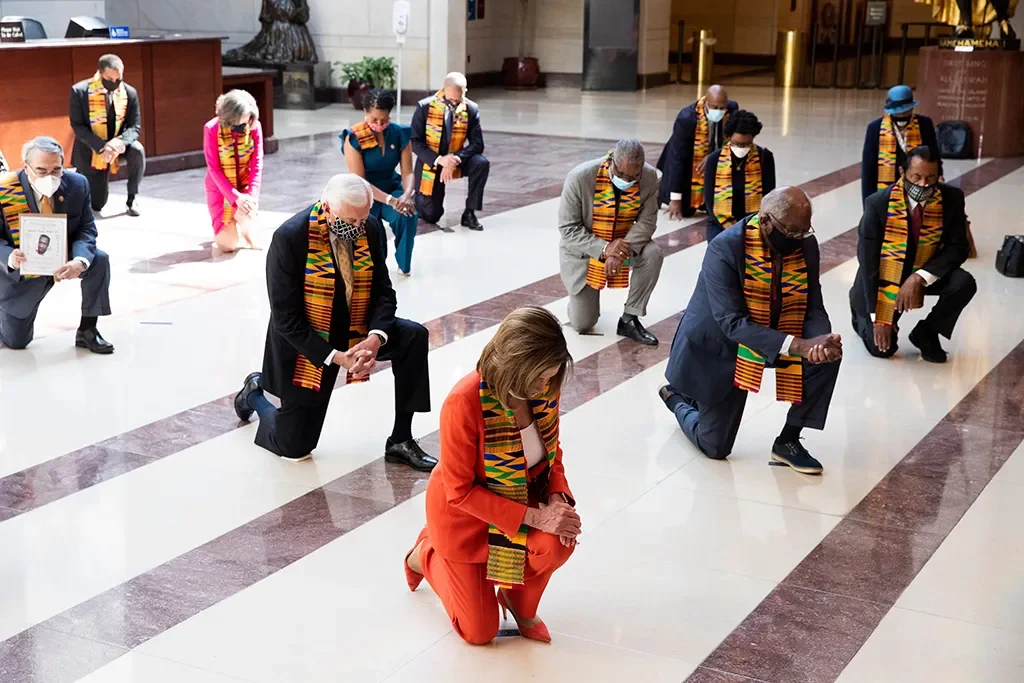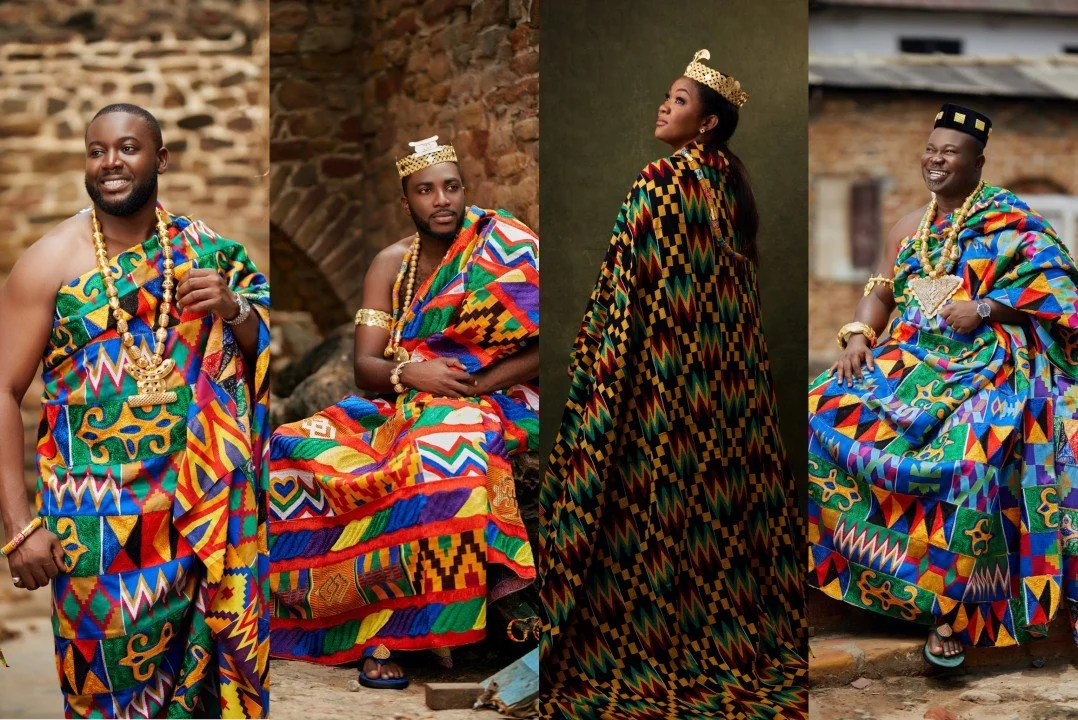
Threading Heritage Through Time and Space
Kente: Threading Heritage Through Time and Space
Kente cloth is more than a textile, it is a visual language that embodies the history, values and creativity of Ghana and broader African cultures. Woven on wooden looms in vibrant strips, the cloth has become synonymous with ceremonies and rites of passage. Though mass-produced prints now appear on runways and in high-street fashion, authentic Kente remains a carefully crafted art form passed down through generations of weavers in towns like Bonwire and Agotime-Kpetoe. Each pattern has a name and message. Some commemorate unity or individuality, while others record major events and others tell of the societal rank of the person wearing, allowing the cloth to tell stories through colour and design.
Origins in the Ashanti Empire
Early development
• Royal beginnings: Oral traditions trace Kente to before the 17th-century Ashanti kingdom of Ghana. The cloth originated in Bonwire, where men used raffia and cotton to weave narrow bands that were sewn together to make a toga-like garment worn by royalty. An Asantehene (king) established a weaving factory to refine techniques; Danish observers noted that by the late 18th century the artisans unravelled imported silks, dyed them and wove intricate patterns. Over time, weavers mastered silk, producing cloths in various colours and sizes.
• Weaving as knowledge: Weaving was traditionally a male practice learned through apprenticeship. Craftsmen sat at narrow wooden looms to create strips using locally produced cotton, raffia and silk, dyed with natural ingredients. Families in weaving communities handled every stage from spinning to marketing. Weavers often spent days or weeks on a single strip, reflecting the labour embedded in each cloth.
• Patterns with meaning: Kente motifs convey stories and proverbs. Pattern names like Obaakofoo Mmuman ("one person does not rule a nation”) and Emaa Da ("it has never happened before") encode wisdom. The cloth thus becomes a narrative medium: elders and chiefs select patterns to mark occasions like coronations or to honour social values. The use of colour, too, is symbolic; gold signifies status and glory, green evokes renewal and fertility, blue stands for spiritual purity, and red often marks sacrifice.
Global Rise and Propriety
Early exchange and colonial era
European traders encountered Kente during the trans-Atlantic trade. Missionaries and merchants purchased doth exposing it to foreign markets. Within Ghana, the cloth remained a symbol of heritage, identity and unity. Meanwhile, colonial administrations attempted to appropriate and commercialise Kente by making kente prints, but the authenticity and cultural control of Kente stayed with Ghanaian weavers.
Mass production and fashion
Modern technology allowed mass-produced printed Kente patterns to flood markets, often manufactured outside Ghana. These prints made the aesthetic accessible but raised concerns about cultural appropriation and economic exploitation. High-fashion designers incorporated Kente-inspired motifs into collections, sometimes without acknowledging its cultural significance. Debates intensified when global brands unveiled Kente prints on runways, prompting calls for respect and proper attribution. Nevertheless, Kente's visibility also highlighted Ghanaian artistry and sparked interest in authentic cloth, leading to initiatives for protecting geographic indications and ensuring ethical sourcing.
Recognition as intangible heritage
In December 2024, Kente weaving was recognised by UNESCO as part of the Representative List of the Intangible Cultural Heritage of Humanity. The designation acknowledges the art's cultural significance and calls for measures to preserve skills and support communities in Bonwire and Agotime, which are the two major weaver cities of Kente in the country.
Kente in American Graduation Ceremonies
Origins of the tradition
The use of Kente cloth in U.S. academic ceremonies emerged in the early 1990s. In 1993, faculty at West Chester University introduced a ritual called the Donning of the Kente to honour African-American graduates for overcoming barriers. During the ceremony, graduates wear Kente stoles, often draped by a chosen elder, to signify heritage and achievement. The tradition spread across colleges and high schools, becoming a powerful rite of passage for students of African descent in the country.
Meaning of the stole
For graduates, the Kente stole functions as a tangible link to African heritage. The act of wearing Kente transforms one's body into a "living, breathing proverb" that displays ancestral wisdom. Its patterns symbolise resilience, community and excellence. Many institutions incorporate Ghanaian drumming, dance and oratory into the ceremony, reinforcing cultural pride and continuity.
Today, thousands of students across the U.S. and beyond participate annually.
Empowering Moments and Global Symbolism
Kente has been used to convey solidarity and resistance in political and social movements. In June 2020, U.S. lawmakers wore Kente stoles while kneeling in the Capitol to honour George Floyd and protest racial injustice. The gesture sparked debate about cultural appropriation and whether the use of Kente by politicians honoured or commodified Ghanaian heritage. Earlier, some lawmakers wore Kente strips during a State of the Union address to express support for African nations, demonstrating that the cloth can speak without placards.
Beyond the U.S., Kente has been donned by world leaders, athletes and artists to celebrate African identity and challenge stereotypes. Its presence in diasporic gatherings, independence, anniversaries and empowerment campaigns underscores how a textile can become a vessel for collective memory and activism.
Kente in the Global Market Today
Economic significance
Authentic Kente continues to be produced by artisans in Ghana. Weavers work in Bonwire, Adawomase, Agotime-Kpetoe where families collectively manage spinning, dyeing, weaving, trading and even tourism. Kente cloths are made in narrow strips and sewn together, even a simple cotton Kente can require days to weeks of labour. The labour-intensive nature and cultural value of the cloth justify its cost.
Global demand and challenges
Demand for Kente has grown among diaspora communities and global consumers seeking cultural connection. Online platforms enable artisans to reach customers worldwide, boosting incomes and reducing youth migration. Tourism to weaving towns also provides revenue and fosters cultural exchange. However, imitation cloths mass-produced in Asia threaten livelihoods and dilute cultural meanings. Some young people may be less inclined to learn the craft, raising concerns about transmission of knowledge. Governments and NGOs support weavers with training, marketing and material sewers while proposals for geographic indication protection aim to ensure that only cloth woven in the defined region can bear the Kente name.
Contemporary fashion and innovation
Designers worldwide incorporate Kente patterns into garments, accessories and art. While such collaborations have opened new markets, they also raise questions about authenticity and appropriation. Ghanaian designers advocate for partnerships that respect the craft and involve local artisans. The interplay between tradition and innovation ensures that Kente remains dynamic, integrating contemporary colours or motifs while preserving its narrative essence.
Kente cloth tells a story of resilience, artistry and cultural pride. From its royal origins in the Ashanti kingdom to its modern role in graduations and global protests, the cloth has transcended its materiality to become a symbol of identity and empowerment around the globe. Its patterns encode proverbs and history, its colours speak of values and its stitches weave communities together. As Kente enjoys renewed visibility on the global stage, preserving its authenticity and supporting the artisans who create it are vital. Ethical appreciation, accompanied by proper attribution and fair compensation will ensure that this remarkable textile continues to narrate its stories for generations to come.
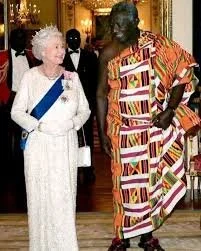



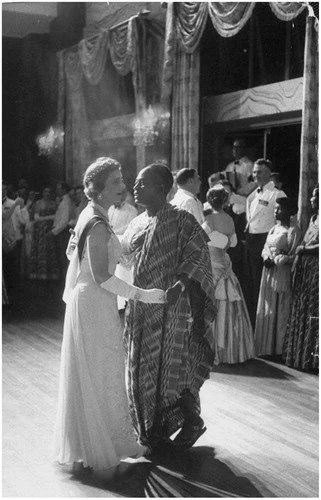
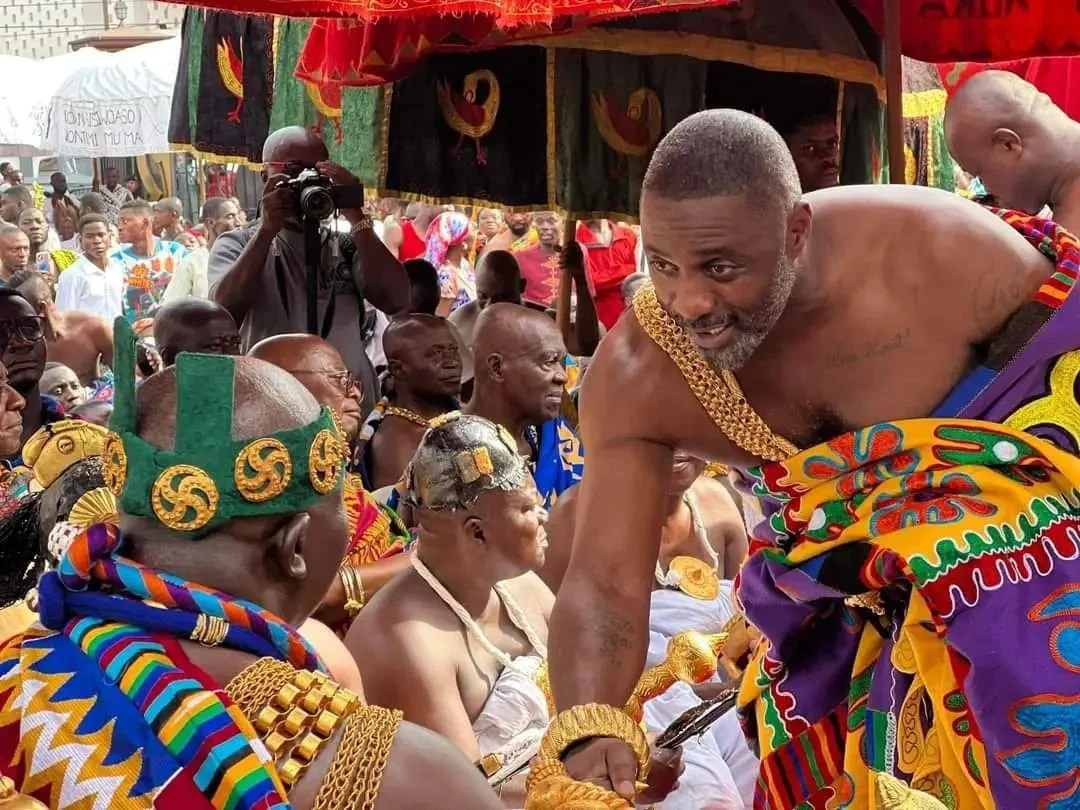
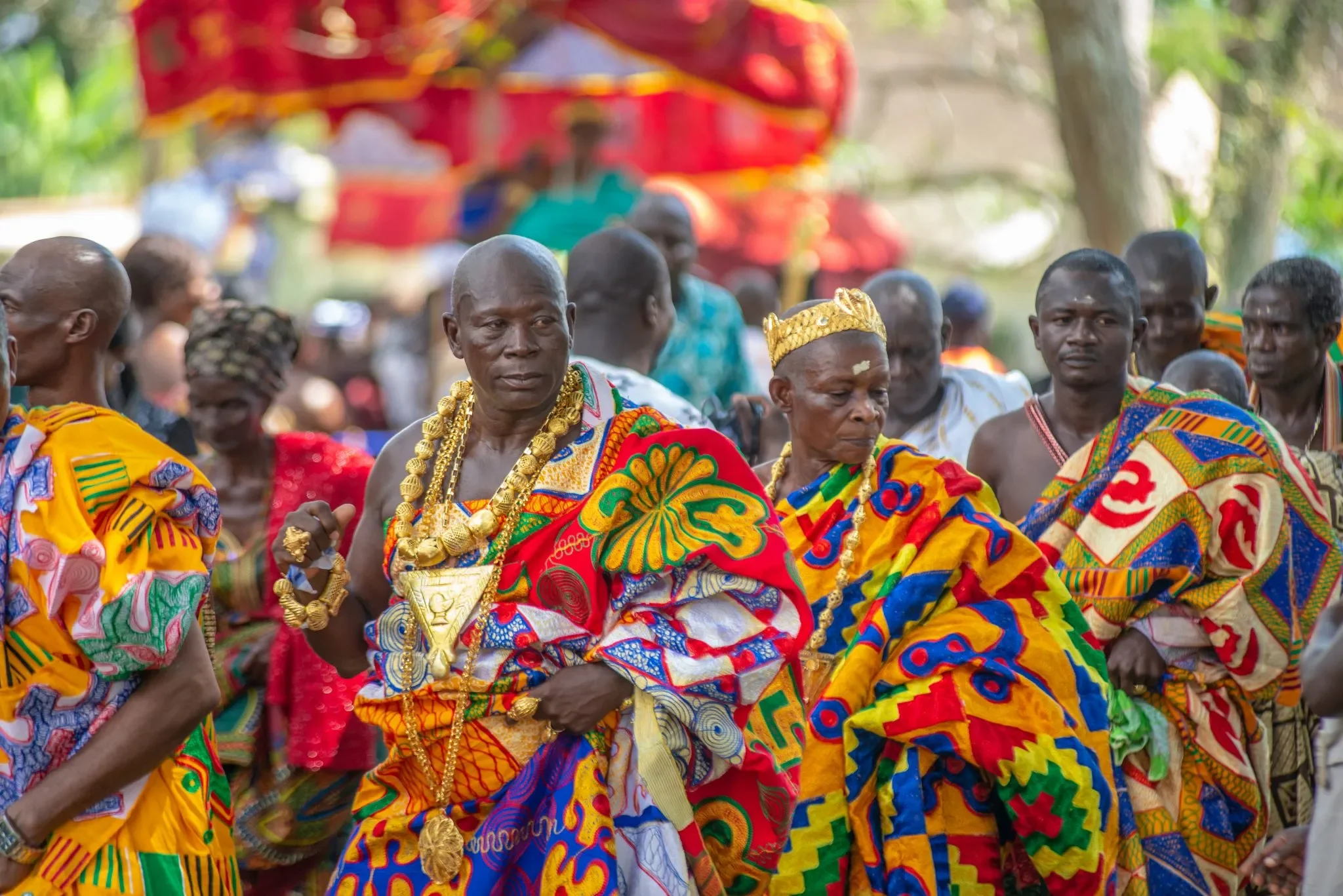
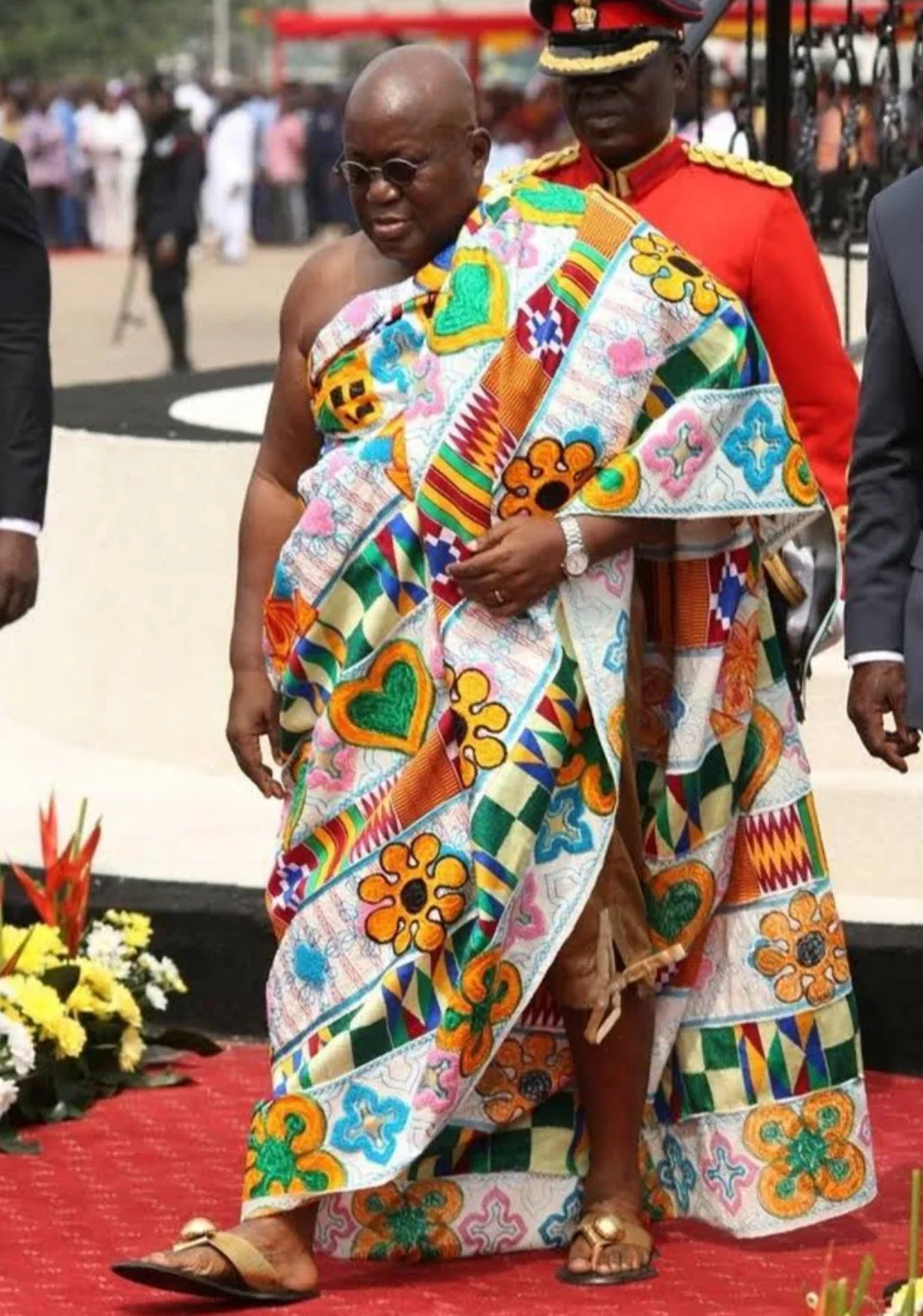
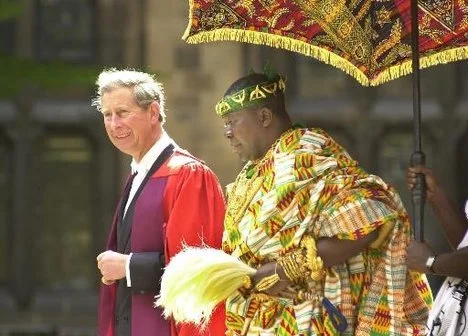


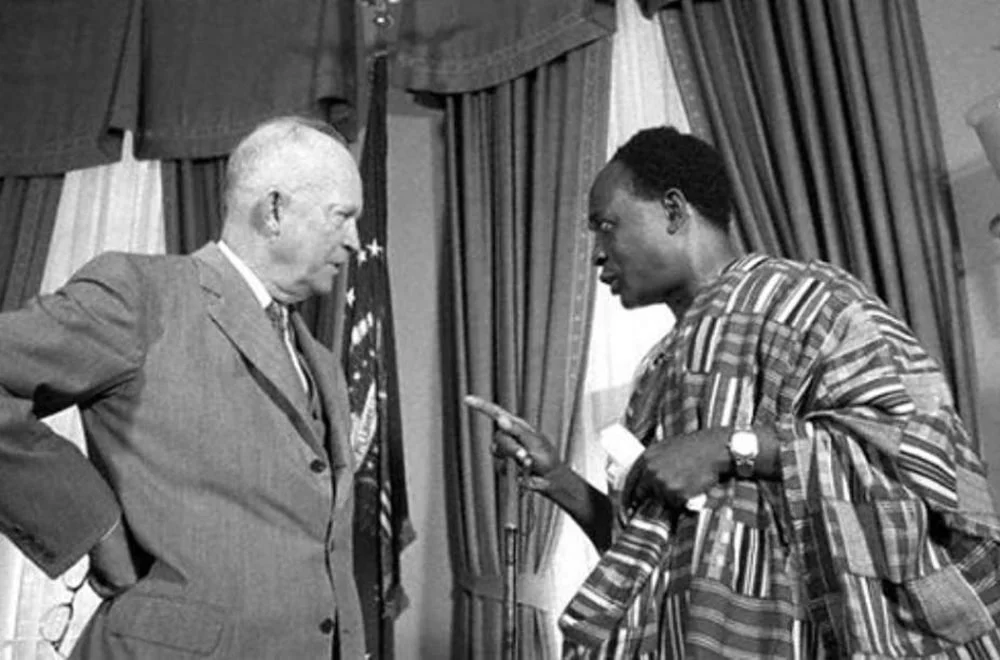

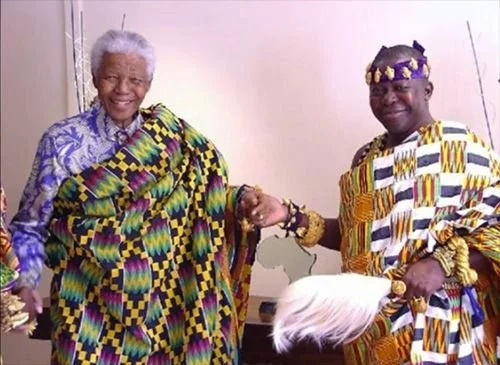

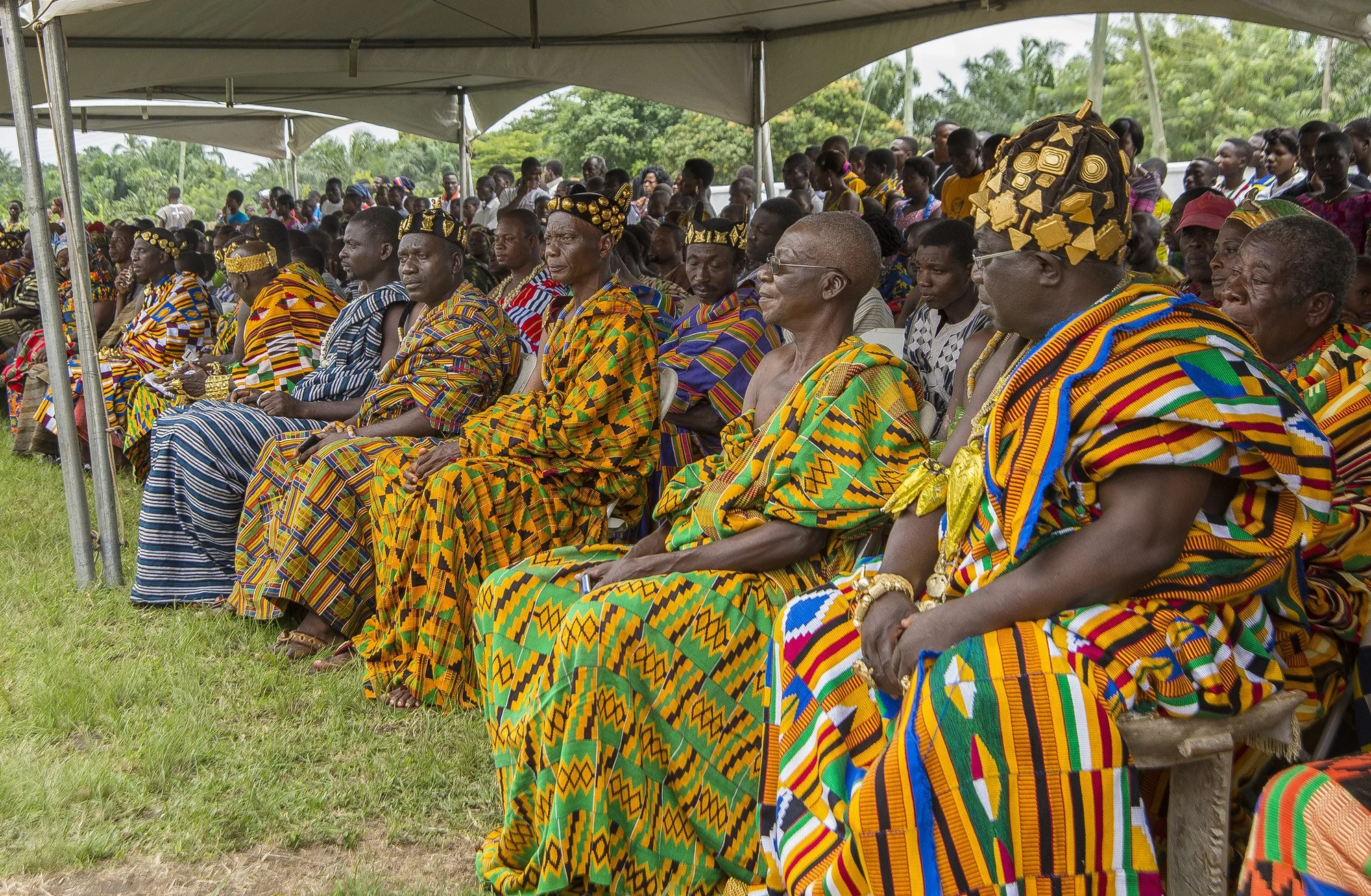
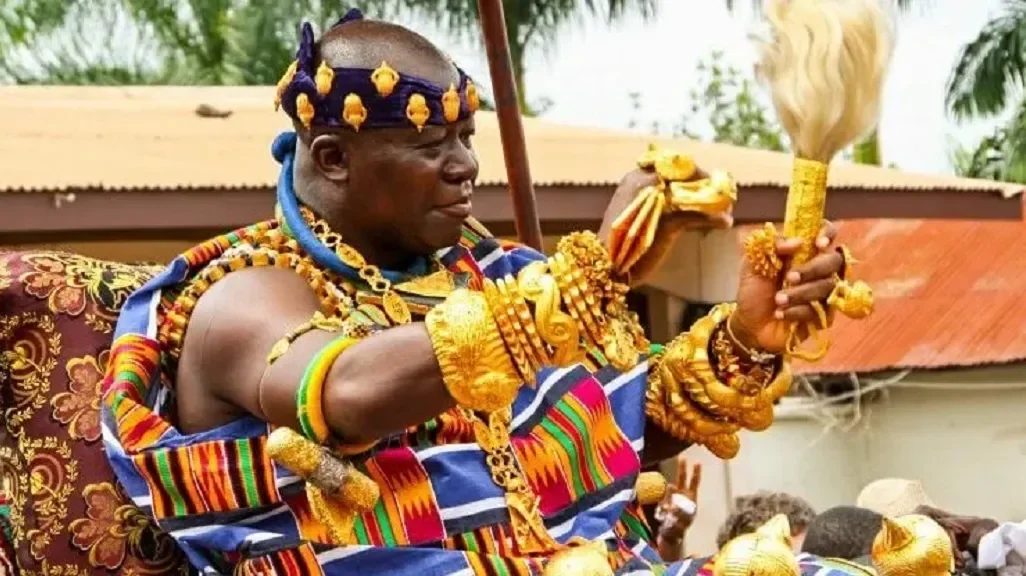

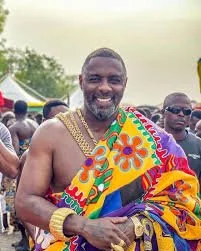
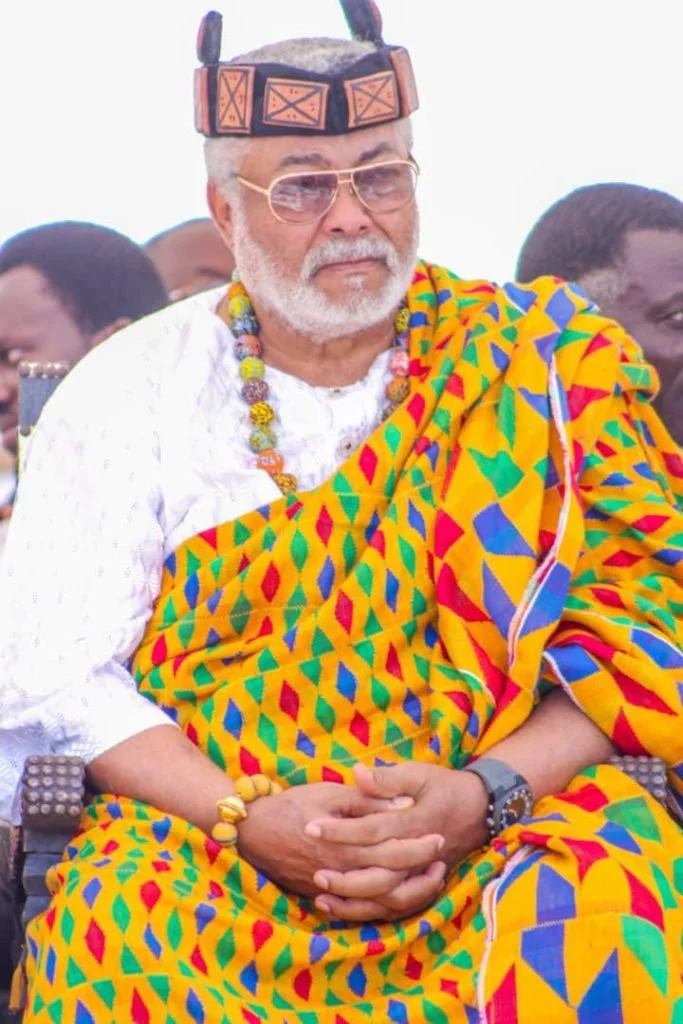
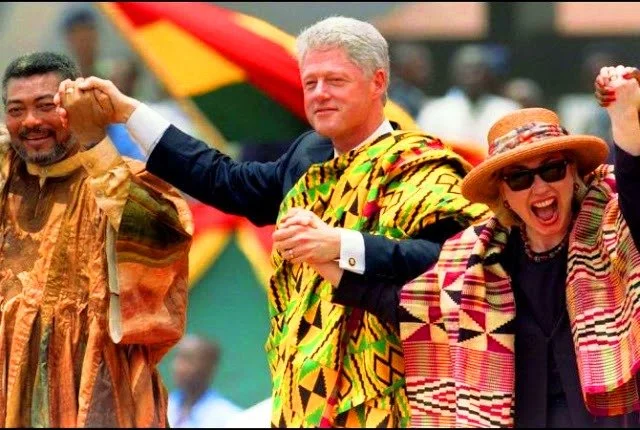

Stay Connected with Atelier Bespoke
Get exclusive updates, sneak peeks, and more as we prepare to unveil something truly special.

